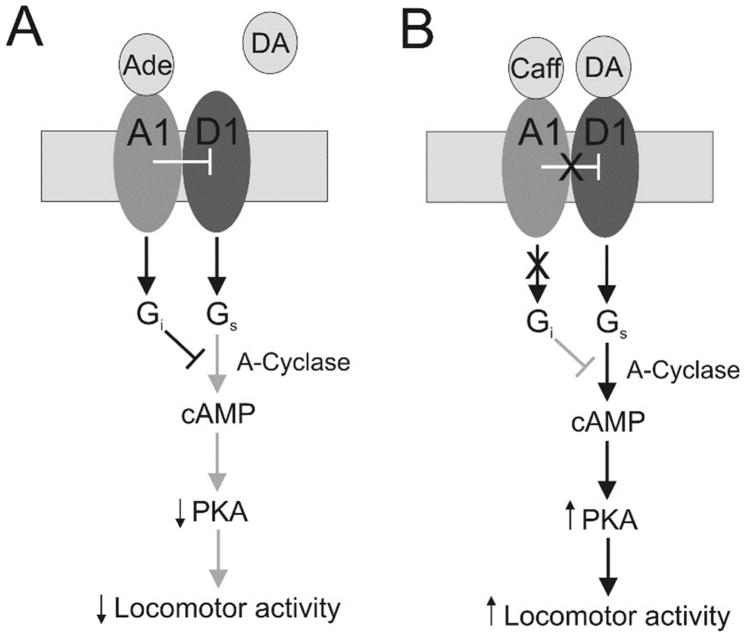Figure 12. Proposed cellular mechanisms mediating the modulation of locomotor activity through the activation or inhibition of the A1 adenosine receptor in the mammalian spinal cord.
A: The binding of adenosine to the spinal A1 adenosine receptor coupled to a Gi protein inhibits D1 dopamine receptor activity and of adenylyl cyclase lowering the levels of cAMP and thus decreasing the activity of PKA leading to a depression of locomotor activity. B: The binding of caffeine to the A1 adenosine receptor leads to inhibition of adenosine signaling which no longer suppress the activity of the D1 receptor leading to the activation of adenylyl cyclase through its coupling to a GS protein increasing the levels of intracellular cAMP which augments PKA-dependent activity leading to the stimulatory effects of caffeine on locomotor activity.

